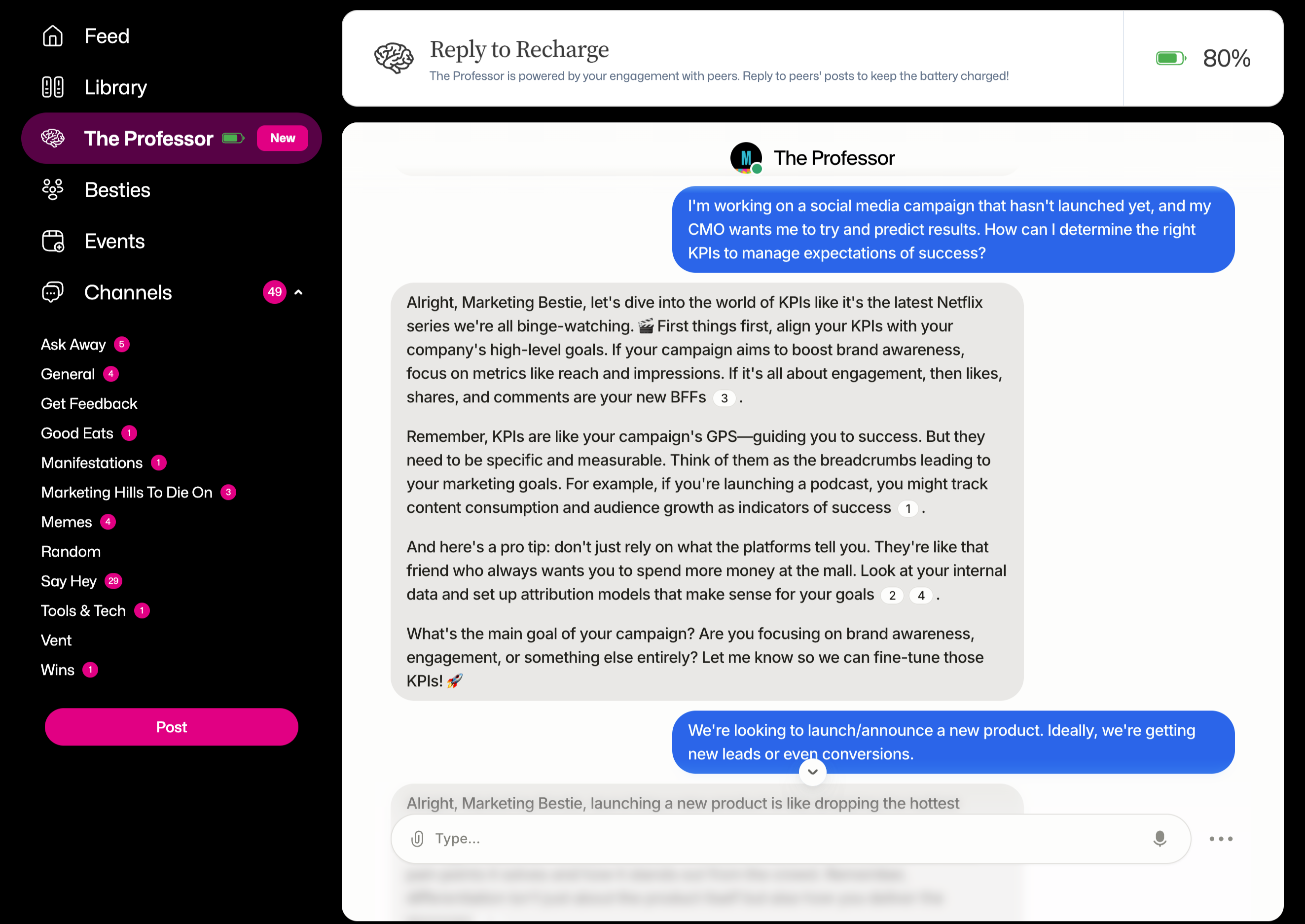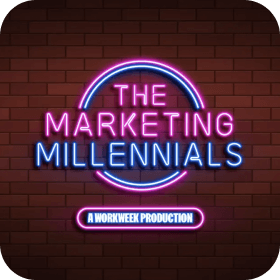We’re shaking things up this week! Instead of our usual breakdown, I brought on a special guest: my wife and the most brilliant email marketer I know, Ari.
This is part of a new mini-series, Marketing Medicine, where an expert guest and I break down some of the biggest issues plaguing modern Marketing—and give our prescriptions to cure them.
Check it out, it’s pretty sick (sorry, I had to).
In this episode, Dr. Ari and I diagnose an ailment lurking in almost every marketing org…
The Batch and Blast email 🤢
Time to get our MDs (Marketing Doctorates).
1. The real sickness? Batch and Blast.
“Batch emails are the default because it’s hard enough to get a single email approved. It’s even harder when you think you’re leaving money on the table by leaving people out of your email sends. That’s why it’s happening and also why it should stop. (You heard the Doctor!)
The biggest issue with batch marketing is that I’m a similar type of shopper no matter what brand I’m shopping because I’m always me. But, you and I have very different shopping patterns.
When you send an email that you think everyone will resonate with, you’re actually resonating with no one. (PREACH.)
When you feature 16 different products in one email, as a consumer, you just get lost. You want people to feel like, ‘this email was sent to me. It was made for me. This is targeted for me. I want to buy it right now.’
2. Prescription: 5 CCs of personalization.
Let’s say you’re an athletic retailer and you’re about to send Daniel and me an email. You already know Daniel’s a big tennis fan and I’m a runner because you’ve got all this first-party data. (🎶She’s a runner she’s a track staaar 🎶)
What do you think would drive more purchases: A blanket email that covers every sport or an email that speaks directly to us and our interests?
As brands, we have access to data like birthdays, location, preferred communication channels, past interactions with customer support, and previous campaign engagement.
That means we can craft personalized flows that go beyond what someone bought and tap into why they bought. (A little creepy? Yes. But super effective.)
I know for a fact that short subject lines with no email pre-headers always, always stand out in my inbox. That’s the type of shopper I am. I’ve tested this in my email sends and it’s an amazing tactic, BUT it doesn’t work across every single brand that I manage. It all depends on the brand and the audience!
And I know for Daniel, whenever there’s a deal or some sort of urgent promo or it’s going to stock out. I’ve seen Daniel fall for this time and time again.
Level up your marketing game
Zero BS. Just fun, unfiltered, industry insights with the game-changers behind some of the coolest companies from around the globe.
No spam. Unsubscribe any time.
That’s who Daniel is across every site that he shops and who he is as a victim of marketing consumer.
(OK, called out LOL.)
We have very different styles, shopping habits, and tastes. The sooner a brand can tell that ‘Ari doesn’t need an email pre-header’ or ‘Daniel needs urgency,’ they’ll learn over time and find the triggers that get us to engage and distinguish us from other buyers. And hopefully they won’t batch us as the same.
3. It’s all in the details.
Not all personalization is created equal. In fact, some personalization can be pretty annoying. If it feels like you’re forcing the click. It’s cringe.
Instead, how do you create personalization that feels genuine and not really cheesy to the audience? It depends on your ICP. And I think that’s something you find out over time in your data.
What matters is that the personalization feels really on-brand and timely to the audience.
Example: For Birthday email flows, consider the season and context you’re sending in. Add an Aries emoji ♈for March birthdays, or reference Scorpio SZN in the subject line. We can do better than ‘Happy birthday, {{NAME}}!’
For abandoned cart emails, it’s not just, ‘You left something in your cart, Ariana.’ It’s ‘Still deciding on that sweater, Ari? These pants would complete the look ✨’
Experiment and incorporate the brand’s personality to makes the customer feel like you truly know them.
4. Follow-up appointment: TESTING
No matter what, it’s just an assumption unless you’re testing it. So I’d say all those series and flows matter, but what matters more is that they all feel really tailored and that you’re not scared to update them.
(I know that’s a tough pill to swallow, but we are talking about marketing medicine, after all.)
BTW, some email platforms don’t let you leave the pre-head blank. If you want to test a blank pre-header for your next marketing email, use spaces to max out the pre-head character limit.
5. How to start doing it now
The whole goal is incredibly, perfectly-timed campaigns. That’s really hard to do with a list of 2 million. If you sent a really personalize message to a highly-segmented database of 20,000, you’d probably get the same conversion rate.
It would cost less money and you’d make a lot of people happier. It takes more time upfront, but then keeping this system updated is actually a breeze, because you’ll have all these small pockets of interests.
First, build that swipe file. Ask yourself, ‘What triggers would actually help me make a decision? What personalization do I like?’
Then, start small: Build 1, highly-personalized flow that you’re proud of.
(Your ‘tennis flow,’ for example… 🎾)
If you know your flow is rock-solid and your personalization is really set up for that list segment, as your audience grows, you can go invest in getting more subscribers who fit into that bracket. because you know your high-converting flow ready and waiting.”
Check out the rest of the ep for our reccs on how to start putting personalized flows into action. Doctor’s orders! 👩🏻⚕️



